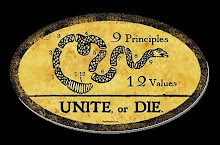 Scientists have found the remains of a meteor that illuminated the sky before falling to earth in western Canada in early November.
Scientists have found the remains of a meteor that illuminated the sky before falling to earth in western Canada in early November.University of Calgary scientist Alan Hildebrand and graduate student Ellen Milley found several meteor fragments near the Battle River along the rural Alberta-Saskatchewan border, near the city of Lloydminster late Thursday. They said there could be thousands of meteorite pieces strewn over a 7-square-mile area of mostly flat, barren land, with few inhabitants.
Residents in Manitoba, Saskatchewan and Alberta have been buzzing about the huge fireball that lit up the night sky over the three provinces on Nov. 20. Witnesses reported hearing sonic boom rumblings and said the fiery flash was as bright as the sun. Hildebrand, who also coordinates meteor sightings with the Canadian Space Agency, estimated the meteor could have been seen from as far as 434 miles away, into the northern United States.
Widely broadcast video images of the meteor showed what appeared to be a speeding fireball that became larger and brighter before disappearing as it neared the ground. The meteor contained about one-tenth of a kiloton of energy when it entered the earth's atmosphere, roughly the equivalent of 100 tons of the chemical explosive TNT.
"It would be something like a billion-watt light bulb," said Hildebrand.
The meteor has captured the imagination of sky watchers around the world. Robert Haag, a space rock collector from Arizona, offered up to $9,700 for the first one-kilogram chunk of the meteor that is found.
University of Calgary































No comments:
Post a Comment